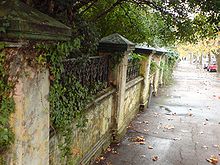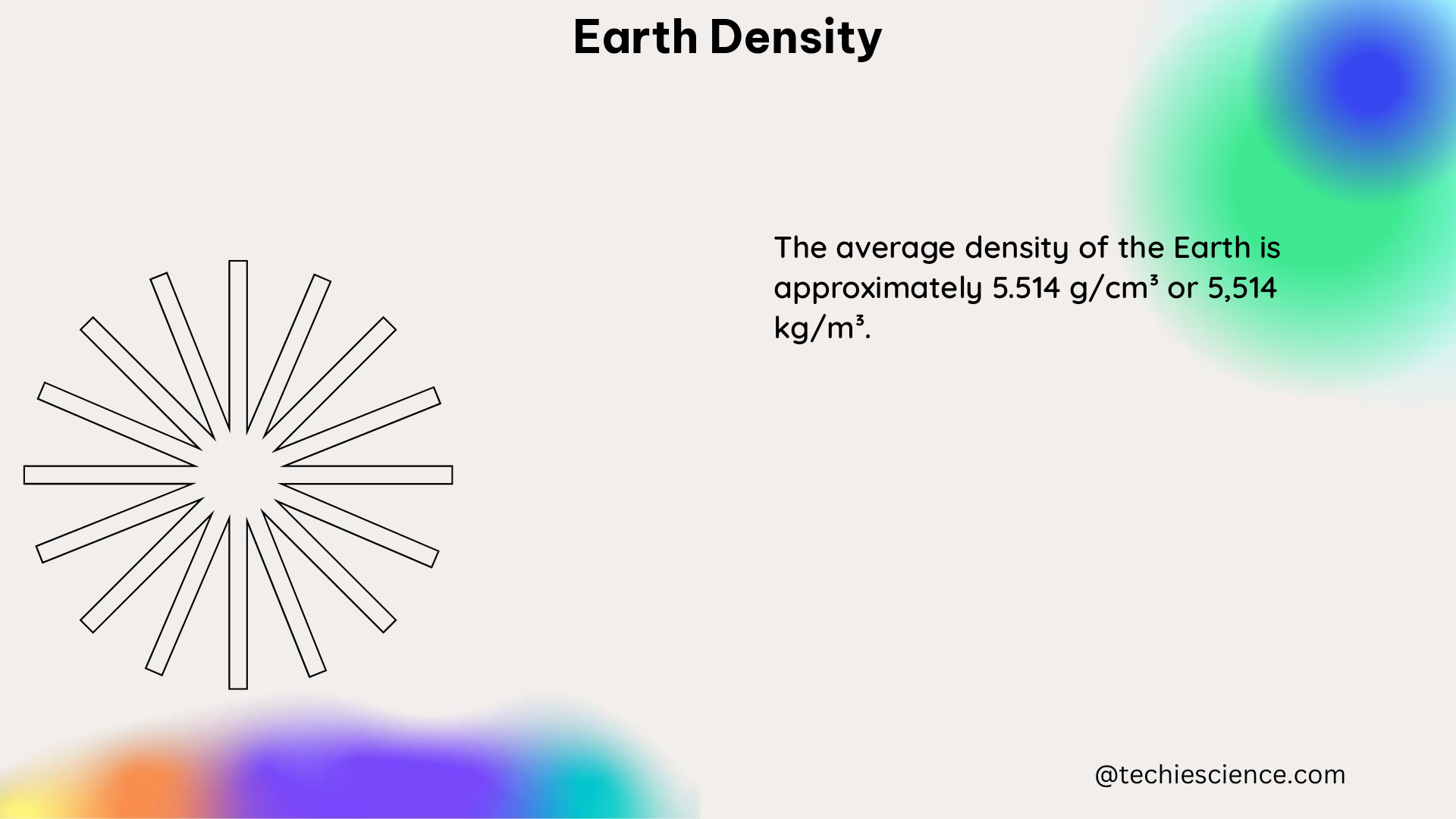This article discusses about the topic – Earth pressure example. This is a very uncommon fact that Earth exerts a lateral pressure on retaining structures.
We shall see what these retaining structures mean, how does the Earth exert pressure and from where does this pressure originate. We shall also see how to overcome the effect of this pressure and then read more about Earth pressure using its examples. Let us start with the basic definition of Earth pressure.
- Electric Pole
- Bridge pillars
- Transmission lines
- Post box
- Dam
- Building foundation
- Flag pole
- Electric meter
- Water pump
- Tree
- Goal post
What is Earth pressure?
The pressure exerted by soil on the surface of retaining structures such as pillars or walls is called as Earth pressure.
The pressure is exerted laterally or horizontally. The magnitude of force exerted depends on the soil stucture and the movement of the retaining system. If the movement is more then the force will simply bring the entire structure down resulting into a massive collapse. Let us see how can we avoid such collapses.

Image credits : Wikipedia
How to reduce the effect of Lateral Earth pressure?
It is very important to reduce the effect of lateral earth pressure. This can be done by various methods. Some of the methods are discussed in the section given below-
- By reducing the co efficient of lateral earth pressure
- Reducing the density of the material to be retained
- Light weight fills such as egg shells can be used to reduce the density of fill.
Types of Lateral Earth pressure?
There are three types of Lateral Earth Pressure. While building a retaining wall we must keep all of these types in mind.
The three types of lateral earth pressure are given below-
- Active earth pressure– When soil is allowed to yield sufficiently such that its internal shearing resistance causes its internal shearing resistance completely mobilized, then the pressure exerted by soil in such condition is called as active earth pressure.
- Passive earth pressure– When the soil is compressed laterally and causes its internal shearing resistance along a potential failure surface to be mobilized then the pressure exerted by soil under this condition is called as passive Earth pressure.
- Earth pressure at rest– When there is no lateral strain within the ground mass then the value of pressure exerted by soil in this condition is called as Earth pressure at rest.
Passive earth pressure example
The meaning of passive earth pressure is explained in the above section. Now we shall discuss some examples of passive earth pressure.
The examples are listed below-
Electric pole
When we see electric poles, their length is not that we see, some part of it is fixed underground. This is done so that the pole can have a better grip and does not fall when a slight force is applied on the pole. The part which is underground experiences passive earth pressure on it. The design of poles are made in such a way that they can hold the pressure and do not fail under severe circumstances.
Bridge pillars
Similar to the electric poles, the pillars also have some part fixed inside the ground. This is done to make sure that the pillars get a rigid support. The passive earth pressure is experienced by the portion of the pillar that is underground.
Transmission lines
We all must have seen transmission lines. They appear as human like tall structures that stand upright carrying transmission wires. These structures are fixed underground which provides support to the structure. The passive earth pressure will be acting on the portion lying nside the ground.
Post box
A post box also has some portion of it fixed underground. This is why it stands rigid without getting disturbed. The passive earth pressure acts on that portion of the post box which lies underground. The soil exerts pressure on the retaining portion of the post box.
Dam
Dams are built on a strong foundation. These dams will have its foundation laid underground on which the passive earth pressure acts. To overcome this pressure, several design factors are kept in mind.
Building foundation
Just like dams, foundation of any building is laid underground. The foundation is so rigid that it can support the entire building on it. The passive earth pressure acts on this foundation. The design is made in such a way that it reduces the effect of passive earth pressure.
Flag pole
On various occasions we must have seen flag being hoisted. The flag pole is mounted on a support structure. This support structure has some of its portion underground. This is done so that the support structure will be rigid and not move with the force of winds.
Electric meter
Electric meter is located in almost every street. Ths meter is installed inside a box. This box is a fixed structure that stands upright rigidly. These structure has four legs which are pierced deep in to the soil for gaining rigidity. The passive earth pressure acts on that portion of pillars which lie underground.
Water pump
We must have seen water pumps on street. They are painted mostly in red colour. They are rigid structures which are partially placed underground. The underground portion provides the strength and rigidity to the entire structure. The passive earth pressure acts on the portion which is underground.
Tree
Trees have a complex system of roots that go deep inside the soil to absorb minerals from the it. Some of the trunk portion of the tree gets submersed inside soil on which the passive earth pressure acts. The pressure acts from all directions which in turn ends up providing support to the tree.
Goal post
Like every other object that we have discussed in this section, goal posts are also fixed in such a way that some of its length is dipped inside the soil. This is done to make the goal post rigid and immobile. The passive earth pressure in all directions which ends up giving strength to the goal post. Goal posts are commonly seen in football, handball etc.
Also, please click to know about 14+ Ocean Pressure Example or read more on 20+ passive Range of motion examples.
Also Read:

